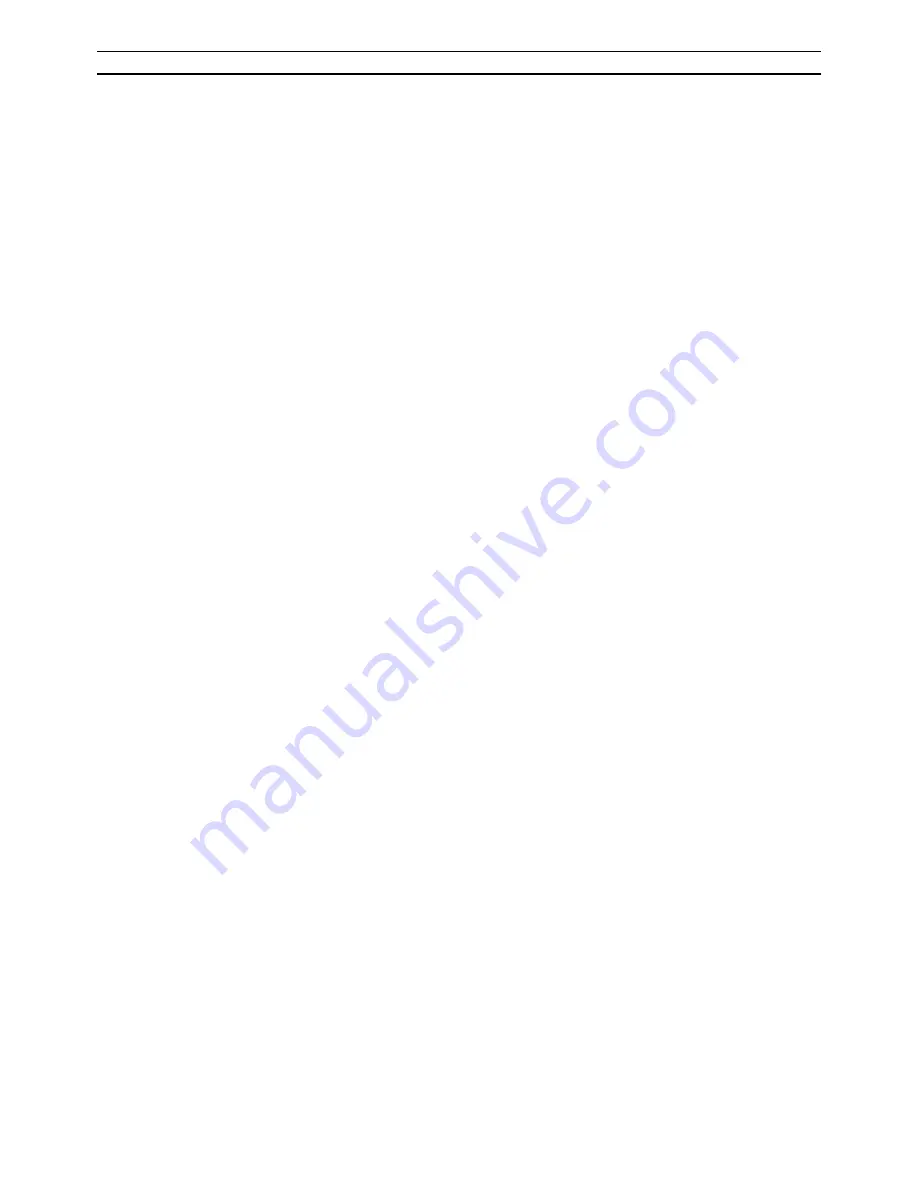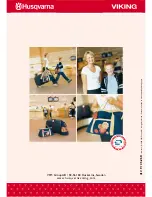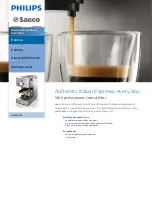
31
Trouble Shooting
Trouble Shooting
Always Start by Checking the Needle
• Always start with a new needle as soon as you
discover that a stitch is not what you expec-
ted. Test sew on a scrap of the fabric you are
sewing. Check that you have chosen the correct
needle and see that it is correctly inserted. See
page 10.
Unattractive Stitches
• The thread tension is not correct. See page 9.
• Make sure that the thread is not catching. Cer-
tain thread spools are unsuitable for spooling
from the horizontal spool pin. Try instead with
the vertical spool pin.
• The machine may be incorrectly threaded. Be
sure to place spool holders correctly.
The correct threading is shown on page 7.
• Wrong bobbin thread. It should be of the same
thickness as the upper thread.
The Needle Breaks
• You may have helped the machine to feed by
pulling the fabric. The needle can strike against
stitch plate and break. Change the needle. See
page 10.
The Upper Thread Breaks
• Check the thread spool to see that it has not
caught in any way.
• The needle eye may have sharp edges which cut
the thread. If so, change the needle. See page
10.
• The upper thread is incorrectly threaded. See
page 7.
• The upper thread may have too much tension.
Refer to page 9.
The Thread is Knotted
• The hole in the stitch plate may be chipped and
have sharp edges. We recommend that you
replace it.
The Bobbin Thread Breaks
• The bobbin thread may be incorrectly threaded.
See page 8.
• The stitch plate hole is damaged. See ”Upper
thread breaks”.
Irregular Bobbin Winding
• This may be due to poor quality thread. When
sewing with cotton thread, increase the thread
tension.
• The machine is not correctly threaded for
bobbin winding. See page 7-8.
The Fabric Puckers
• The upper thread tension is too tight. See page 9
for correct thread tension.
The Machine Does Not Feed the Fabric
• The stitch length is too short. Increase stitch
length.
• The feed teeth may be lowered. Raise them by
turning the stitch length dial to the left.
• The feed teeth are full of dust and dirt. Clean
with the brush. See page 30.
The Seam is Too Loose – Fabric Layers
Not Held Together
• The thread tension is far too loose. Page 9
shows how to adjust the thread tension.
Machine Runs Sluggishly
• Dirt or lint has built up under the stitch plate.
Loosen the plate and brush clean between the
feed teeth and in the bottom area. See page 30.
• Dirt or lint has packed in the hook. Remove the
bobbin and clean with the brush. See page 30.




































